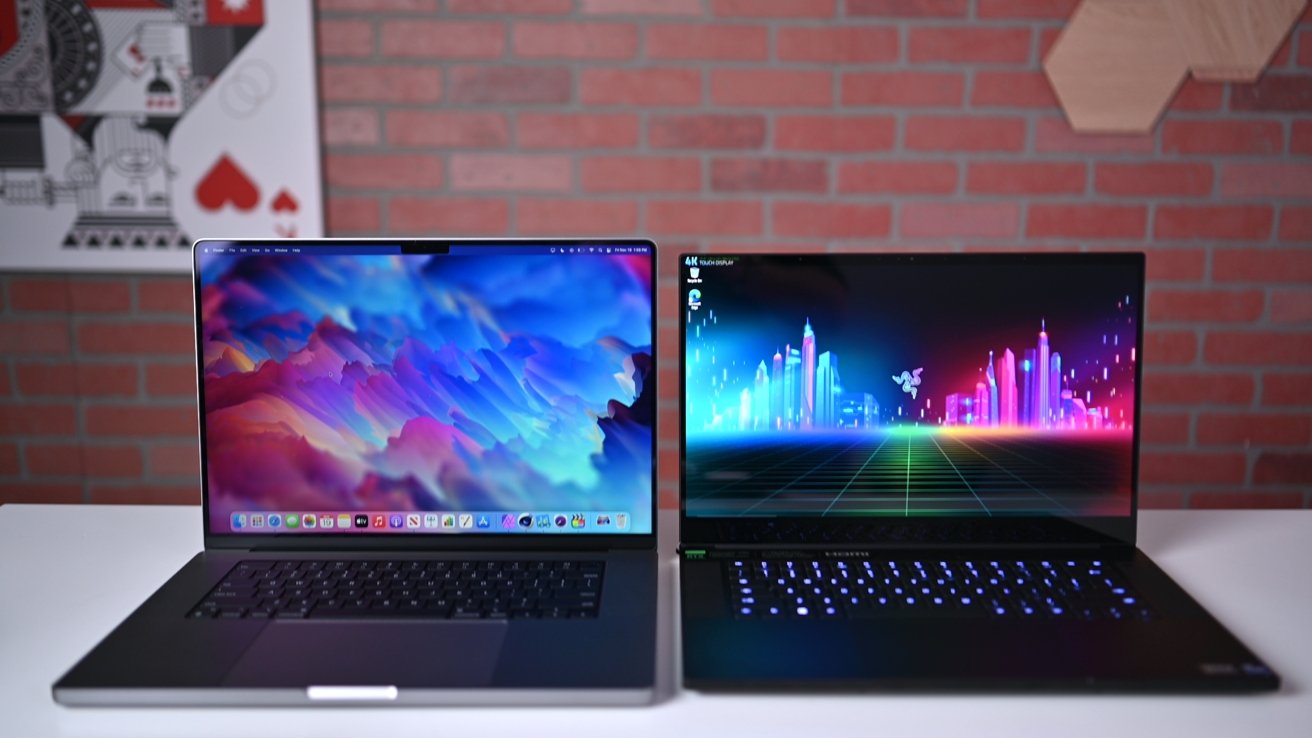Blockchain is the technology that makes cryptocurrencies and non-fungible tokens (NFTs) secure. It is a structure that keeps the records of every transaction across multiple databases, acting as a digital ledger attached to an asset.
As the cryptocurrency industry continues to grow–with a market worth over $3 trillion last year –security is becoming more critical than ever. Here’s what you need to know about handling data security in blockchain for crypto developers and security professionals.
Understanding Blockchain Data Security
Blockchain data security refers to the set of tools and technologies specially designed to minimize risks of a data breach, leaks, or fraud against a blockchain network. Although the technology has inherent security, through the use of different mechanisms built on three principles, according to international tech leader IBM:
- Decentralization: The network does not belong to a single organization, government, or individual. This setup retains a check-and-balance across multiple data storage facilities and databases using and running the same technology.
- Cryptography: Each transaction in the so-called digital ledger is usually subjected to two cryptographic algorithms: hash functions and asymmetric-key algorithms. This principle ensures that each copy of the transaction on each server is encrypted and authenticated at every turn.
- Consensus: This refers to the mechanism at large used to verify and attain the necessary agreement on the state, value, location, or condition of a single data. The consensus among multiple data sources is an essential part of record-keeping, which is one of the primary purposes of the blockchain network.
Additionally, it is crucial to recognize that there is no single blockchain network. Think of it as multiple systems working and communicating with each other. There are four main types of blockchain networks used today. Public blockchains are usually permissionless, meaning users can use the network without restricted access, often with free access and anonymity for every user. This setup is most commonly used for cryptocurrency markets.
In private blockchains, identity is verified for every user. Access is limited to registered or identified individuals or organizations in a members-only network. Additionally, verification of any attempt to enter the private network reaches a consensus through a process known as a selective endorsement, with the monitoring and security analytics being run by verified users as well. This kind of network usually finds itself in company-wide projects such as its supply chain or learning management systems in their organization.
Next is the hybrid blockchain that combines elements of the first two. It usually applies to fields such as finance and medicine, where any public user can log into a private network with a verifiable credential. In a consortium blockchain, pre-selected participants can join an established network. It allows newcomers to join older, more established organizations while existing ones can choose and invite new and fresh stakeholders to further maintain and develop their network.
Known Blockchain Security Issues and What You Can Do
The blockchain is a robust transactional system with built-in security features. However, this is far from perfect, as it still has restrictions in terms of compatibility, integration, and flexibility as a system. Below are some of the identified issues with the tech and security tips you can do to handle them.
Scalability
Although people continue to see more extensive and expansive blockchains, scalability has started posing security risks. As the users, networks, and nodes involved in a blockchain network increase, the attempts at verification and security become more complex. A systematic review published in 2021 found this issue among some of the largest networks currently in use, like Ethereum (ETH) and Bitcoin (BTC).
There is no other way to fully resolve the scalability restrictions at present aside from extensive testing before deployment and even during operation. New technical issues arise, or simple procedures become overlooked as the system grows larger.
Regulation
Although decentralization works to keep the entire system stable, it also translates to a lack of standards for implementation and regulation. Without a common rulebook to play by, developers using the technology have limited sources of documented information to guide them in moving forward.
The safest option currently available is for organizations to maintain a regulatory standard within their network. These custom standards can be patterned and compared to existing blockchain standards. This practice ensures interoperability, both in integrating with legacy systems and new projects that might use more recent technologies.
Blockchain Endpoints
While the blockchain network is mainly safe, it still needs to be integrated into several non-blockchain networks at its endpoints. For example, cryptocurrencies create records n digital ledgers kept across multiple locations. However, cashing in or out would require a user to use a third-party app as a digital wallet. These wallets do not usually employ the same technology as the main blockchain. Thus they don’t have the same level of security.
This opportunity is where the latest security measures for third-party applications come in. Others team up with authorized security vendors, while other developers use multiple security measures such as a two-factor authentication (2FA) system or the use of seed phrases unique for every wallet ID.
Also Read: 7 BEST Bitcoin Hardware Wallets for Crypto Storage
Final Word
The blockchain technology supporting the cryptocurrency and NFT markets is changing fast. New vulnerabilities are being discovered, leading to the rapid development of new security measures. Aside from existing cybersecurity paradigms, it is also vital to remain updated on the fields of technology and finance. Making sure to have your fast and reliable source of the latest news is essential in ensuring you can adequately handle data security in the blockchain space.



